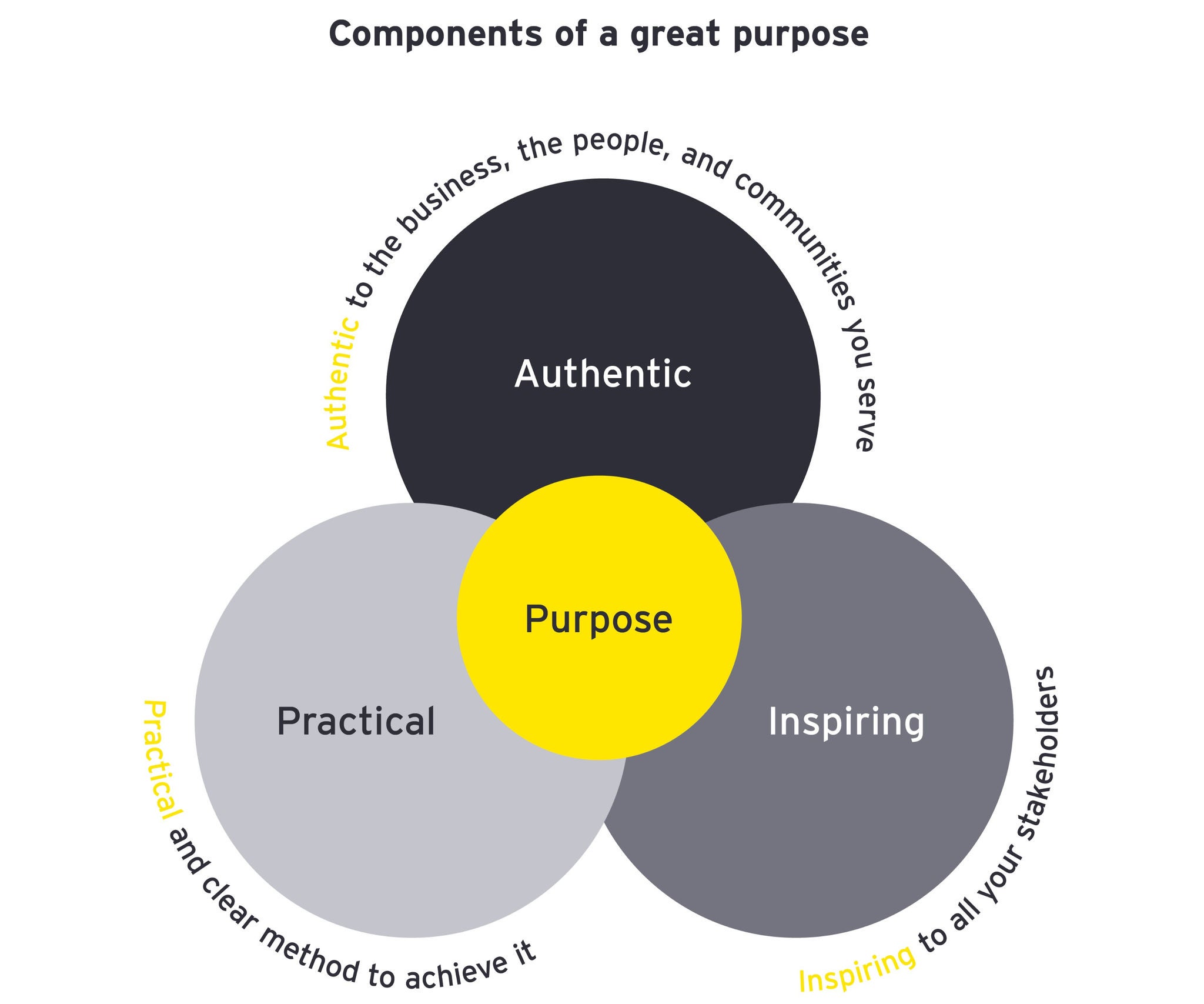EY refers to the global organization, and may refer to one or more, of the member firms of Ernst & Young Global Limited, each of which is a separate legal entity. Ernst & Young Global Limited, a UK company limited by guarantee, does not provide services to clients.
How EY can help
-
Leadership development can help your business develop the skills and behaviours that leaders require to effectively deliver results. Find out more.
Read more
This model demonstrates the importance of creating an organisational purpose that balances practicality, authenticity and inspirational power. For instance, organisations may get caught up in the inspirational side of their purpose-led transformation, but they may lack the authenticity and practicality that is needed to make the organisational purpose a reality. Authentic and inspiring leaders are great at articulating what the business needs for a successful future, but, without a practical and coherent plan to support leadership ambitions, action is unlikely to follow. Realising the importance of each part of the model and their inter-dependence is critical to attaining your organisation’s purpose-led ambitions.
From my early career in high performance sport, I can easily connect practicality, authenticity and inspiration as key to turning my performance ambitions into reality. To be a successful athlete you must be the best version of yourself; fulfilling your potential is critical if you want to win trophies. However, if you set out with the purpose of only wanting to win, that success may never come. When I first decided at 14 that I wanted to compete at the Olympic Games it seemed a far-fetched goal to many.
However, setting goals to keep practical about what I needed to achieve, remaining authentic, humble and passionate about my sport and holding onto that inspiration were all critical on a journey that had many more lows than highs. This mentality – embracing a combination of all three components – is what led me to realising my potential and ultimately my ambition by competing and winning medals at the Olympic Games and at World Championship level.








